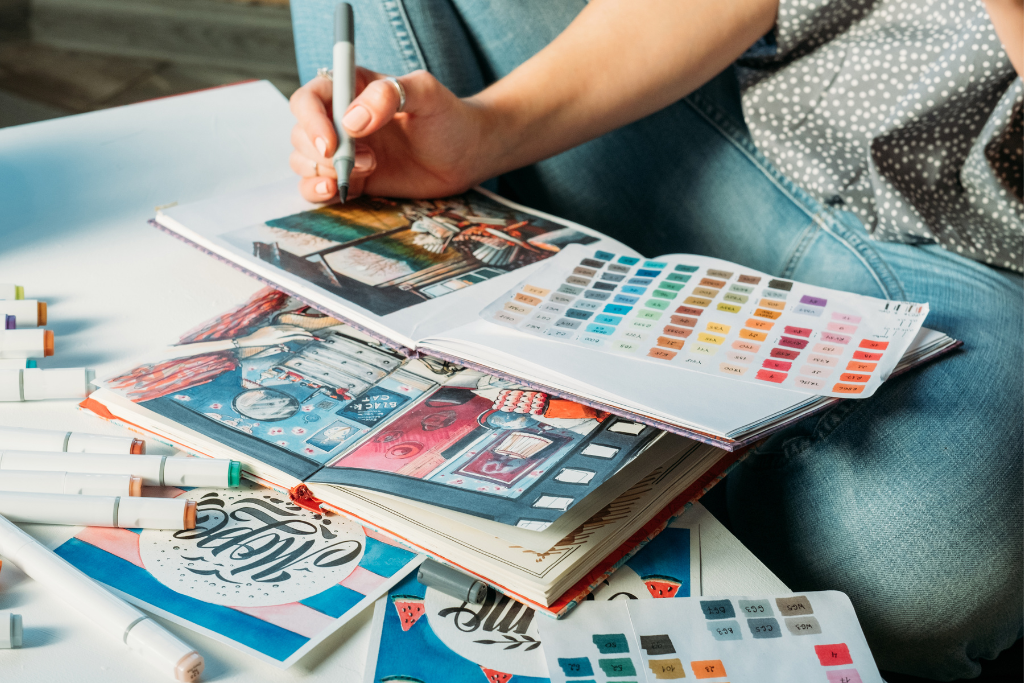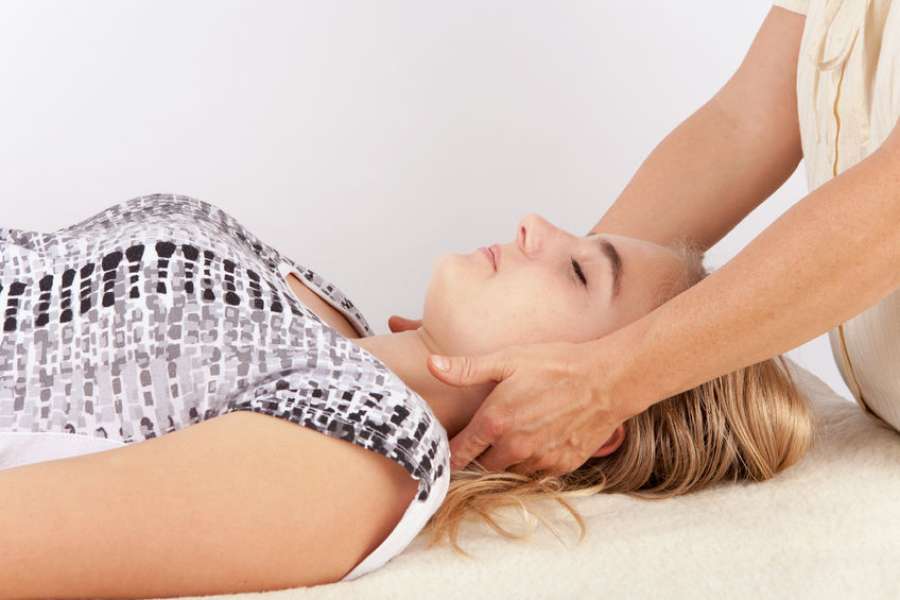The Healing Power of Art Therapy: Unlocking Creativity for Mental Well-being
June 12th, 2023
Art his a wonderful medium of self-expression, a tool for communication, and a means of exploring our inner world. Art therapy harnesses the transformative potential of artistic expression to promote healing, self-discovery, and overall well-being. It is a form of psychotherapy that utilises various artistic processes, such as painting, drawing, sculpture, to facilitate emotional, psychological, and spiritual growth. It recognises the therapeutic qualities of art-making and integrates them with traditional approaches to support individuals in their journey toward self-awareness and healing.
The Benefits of Art Therapy:
Emotional Expression and Release: Art therapy provides a safe and non-judgmental space for individuals to express and process complex emotions that may be difficult to put into words. The act of creating art allows for the release of pent-up emotions, leading to a sense of relief.
Self-Exploration and Insight: Engaging in art-making encourages self-reflection and introspection. Through the creative process, individuals can explore their thoughts, beliefs, and experiences, gaining deeper insights into their own psyche and personal narratives.
Stress Reduction and Relaxation: Art therapy offers a respite from the demands of daily life. By focusing on the creative task at hand, individuals can enter a state of flow, experiencing a sense of calm and relaxation. This meditative quality of art-making can reduce stress, anxiety, and promote overall well-being.
Communication and Connection: Art can serve as a powerful tool for communication, especially for those who struggle with verbal expression. Art therapy provides an avenue for individuals to convey their experiences, thoughts, and feelings visually, facilitating communication and fostering a sense of connection with others.
Self-Empowerment and Confidence Building: Engaging in the artistic process and witnessing personal growth through art can enhance self-esteem and self-confidence. As individuals gain mastery over artistic techniques and witness their creative expressions evolve, they experience a sense of empowerment and increased self-worth.
Trauma Resolution and Post-Traumatic Growth: Art therapy has shown remarkable powers in helping individuals process and heal from traumatic experiences. Artistic expression can help individuals externalise and make meaning of their trauma, paving the way for post-traumatic growth, resilience, and recovery.
Art therapy employs a wide range of techniques tailored to the unique needs of each individual. Some common approaches include:
Free Art Expression: Allowing individuals to freely create art without any specific goals or guidelines. This technique encourages spontaneous expression and promotes the exploration of unconscious emotions and imagery.
Guided Imagery: Guiding individuals through a visualisation process, encouraging them to create art based on the images and sensations they experience during the exercise. This technique facilitates the exploration of subconscious thoughts and feelings.
Collage and Mixed Media: Using a combination of images, textures, and materials, individuals can create collages or mixed media artwork. This technique encourages self-expression, symbolism, and the integration of various artistic elements.
Group Art Therapy: Conducting art therapy in a group setting can foster a sense of community, empathy, and support. Group members can share their artwork, discuss their creative process, and provide feedback to one another, enhancing the therapeutic experience.
If you would like to find out more about how Art Therapy Group sessions can support you, take a look at the sessions being run by Jane Brighton.


